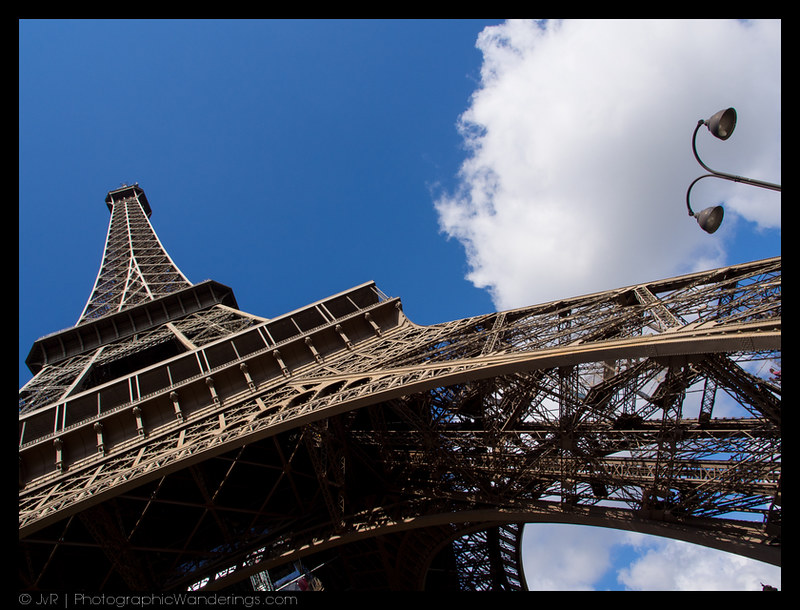
What Else? - Olympus OM-D E-M5 with 12mm f2.0 Lens
Ah, Paris in summer. A glass of pastis on a sidewalk terrace, strolling along des Champs-Élysées, lounging at the Seine... queueing at the Eiffel tower, elbowing to the Mona Lisa, sweating through the Versailles palace.
I love Paris, I really do. But like any great city, I like it for its atmosphere on the streets, in the cafes. Its hustle. Its bustle. But a visit after an absence of two decades, meant trodding along the overcrowded tourist paths. In August, the Parisians leave for quieter realms and the tourists take over the city.
So, photographing the city and its - remaining - people while also playing tourist was my calling. Still, I wanted to use this visit to try out various cameras and lenses I had bought in the last couple of months: the Sony RX-1, the Olympus OM-D E-M5 and the Fujifilm X100S. This was also my first city trip in years without a DSLR.
When with my family, I generally don't take as many pictures as I do when I'm alone. I'm not really a snapshooter, so I don't even take the overview pictures of well-known monuments. I might take a quick shot of the family in front of said monuments, but that's it. I've seen people take more pictures with their iPads in Paris than I did with my 'real' cameras.
I do, however, take walks by myself to take pictures. Even then, I don't like to carry a lot of gear. I rather take one camera with one lens and challenge myself to come up with good shots than lug a backpack full of gear to be ready for any situation. That's a purely personal choice. I saw guys in Paris carrying a DSLR and what looked like a heavy backpack with gear and they seemed perfectly content.
In the mornings I would pick which camera(s) I would carry that day. Generally, I combined either the Fuji or the Sony (both 35mm angle in 35mm format) with the Olympus and one or two lenses. On evening walks, I generally took just one camera.
Looking through Lightroom in a completely unscientific fashion, I see that I took 817 pictures; 173 with the Sony, 175 with the Fuji and 465 with the Olympus. The much higher number for the Olympus is because I carried that camera almost every day and because I sometimes shot in bursts with it, which I didn't do with the other cameras.
Of the Olympus lenses, I shot 12 pictures with the 25mm lens; 130 with the 12-50mm zoom; 145 with the 12mm; 42 with the 45mm and 136 with the 75mm. The high number of the 75mm surprised me, as I usually don't think of a 150mm (the equivalent reach of the 75mm) as a good lens to use in the city. The high number of the 12-50 also made me raise my eyebrows. Of course, my shooting depended very much on what I encountered, but it does mean that I didn't feel limited by the 12-50, not even using it indoors at the Louvre. I have a few keepers from all cameras and lenses. It's about evenly divided.
As reported elsewhere before, all these combinations can give wonderful results and image quality is not an issue with these cameras. I'm instead going to briefly discuss my experiences shooting with them.
The Sony RX-1

Garden at Versailles Palace - Sony RX-1
I loved the Sony's smallness. I loved the image as displayed in the EVF. It made me feel as if I was about to take great pictures, just from the way the EVF rendered what the lens saw.
But that EVF was also the weak spot. It sticks out from the camera and makes an otherwise sturdy piece of equipment feel vulnerable. It regularly tilted up while I carried it on my side, which made me fear it could break off. It probably can't, but it still made me feel uncomfortable.
The same was true for the pop-up flash, which seems very flimsy.
At the same time, that little Sony flash was quite nice for fill-in light and the 90 degree tilt on the EVF came in very handy at times. Also, the camera felt great in my hands, without the need to add any grip or thumbrest.

This Man Needs a Tilting EVF - Sony RX-1
Both the Sony and the Fuji annoyed me when their batteries ran dry without any clear warning. I carried spares, but was a few times completely surprised that the batteries went from fine to empty, without a clear warning that they were about to run empty.
In the end, I actually found myself preferring to take the Sony over the Fuji. I am, however, not sure the Sony is worth $2000 (with the EVF) more than the Fuji. Therefore, I'm pretty sure I will sell it soon.
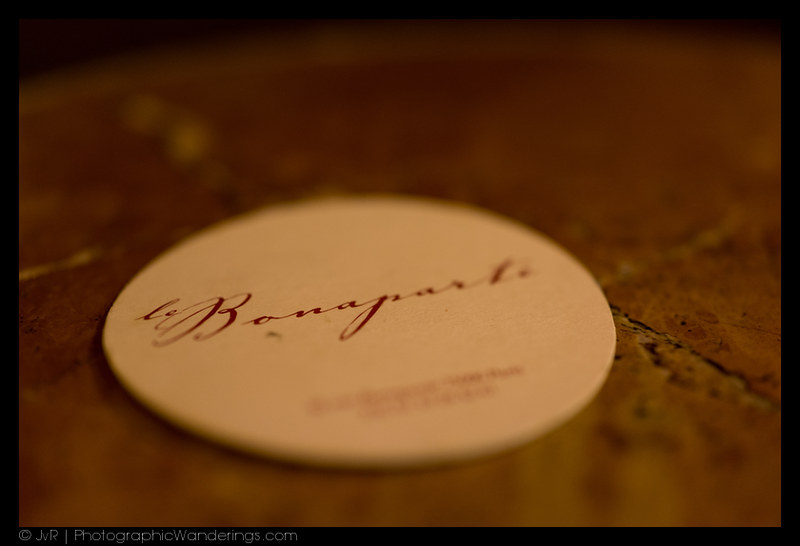
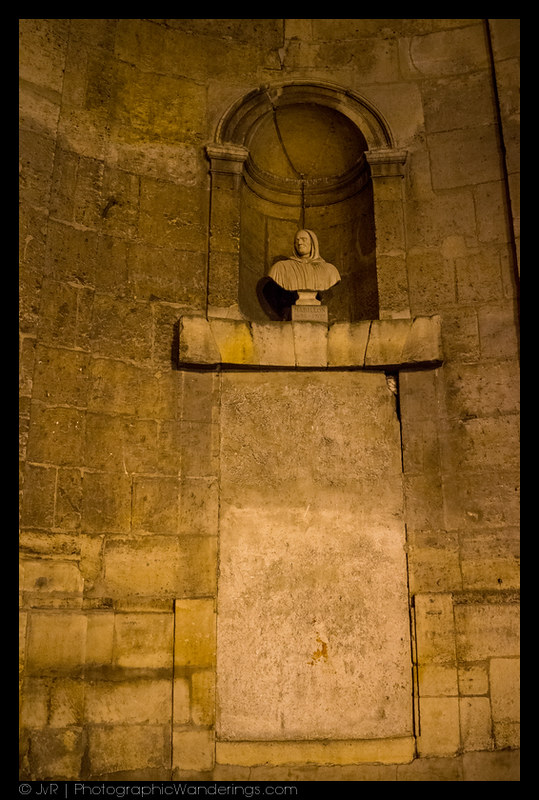
Sony RX-1
The Fuji X100S
Unlike the Sony, the viewfinder on the Fuji is integrated into the camera as is the flash. There are no parts protruding. I have no idea which camera is actually sturdier and I'm not about to try to find out, but the Fuji didn't give me the same angst as the Sony did with the EVF attached.
Like the Sony, the Fuji is a joy to shoot with. Others have rightly raved about the Fuji's EVF/OVF hybrid viewfinder, which is great for city shooting, though the image quality in the EVF doesn't match that of the Sony.

Chess in Jardin du Luxembourg - Fuji X100S
It's easier to keep the rear-screen turned off on the Fuji. On the Sony, I had to press the EVF button regularly to turn off the rear screen. The Fuji didn't give me that trouble. Since both the Sony and the Fuji can be operated without a sound and without focus aid lights, having the rear screen stay black makes a big difference when you want to stay inconspicuous around people.
At the beginning, the Fuji didn't feel right in my hands. I added a thumbrest to it and it now is fine for carrying and shooting with all day.
One important thing lacking in the Fuji is face recognition. I always regarded that feature as a fad, but it's really handy if you're in a hurry or if you hand the camera to someone else who is not familiar with focus points and how to focus properly when taking a picture of two people, both out of center.
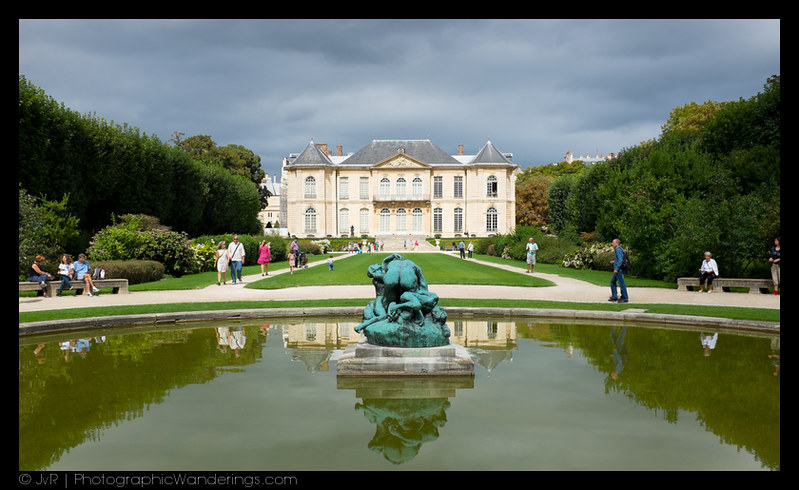
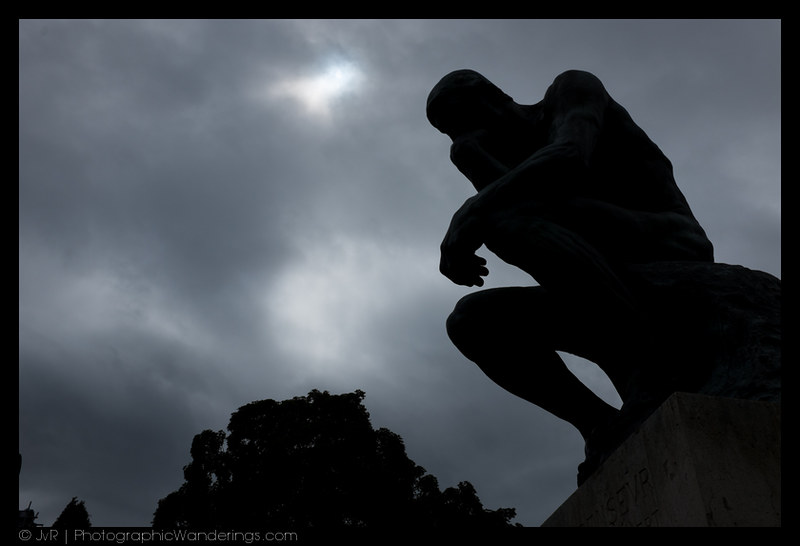
Musée Rodin - Fuji X100S
The Olympus
The first day I used the Olympus, I also took all the Olympus prime lenses. This was a mistake. After a while my shoulder started to feel the weight of the bag full of lenses and the camera. I can take that if photography is my only activity, but not when I'm all day going around a city with my family.

Louvre - Olympus OM-D E-M5 with 12-50mm Lens
The nice thing about carrying the Olympus was of course that ability to work with different focal lengths. I've never been a fan of the 35mm focal length. Never before did I own a 35mm lens. I always thought it was wishy-washy, neither a normal length nor a real wide angle.
I didn't have any issues shooting with a 35mm lens now, but as the image count shows, I did shoot more images at other focal lengths, using the Olympus.
Another advantage of the Olympus was its tilting rear screen, which helped with shooting from odd angles.
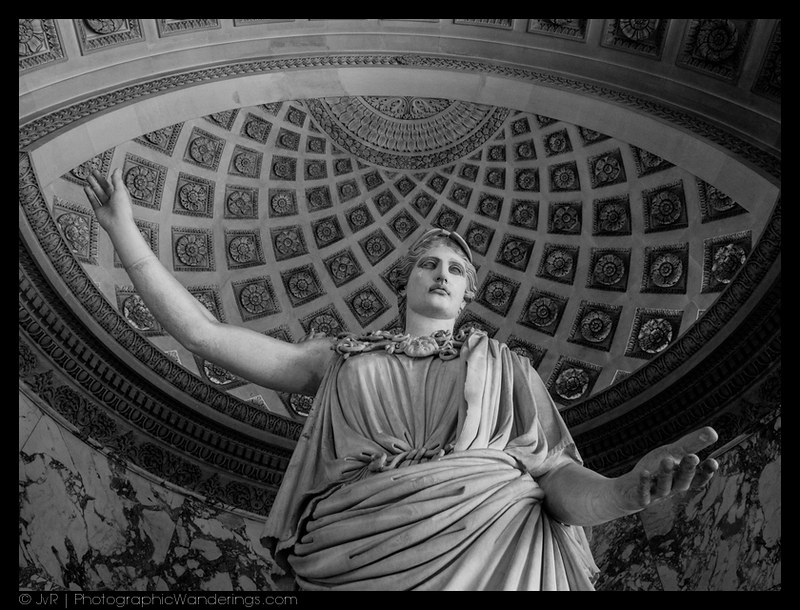
Louvre - Olympus OM-D E-M5 with 12-50mm Lens
In use, I missed the aperture ring on the lens. I usually shoot in AV mode and I'm old enough to think that the aperture needs to be set on the lens and not by turning a dial on the camera. I much preferred the aperture rings on the Fuji and Sony.
I also used the exposure compensation button quite a bit on cameras and had trouble reaching it easily on the OMD compared to those dials on the Sony and Fuji. That's partly my own fault, because I had set the right dial to change AV and the left dial to change the exposure compensation. The left dial is harder to reach.
At the same time, the in-body stabilization on the OMD is great and allowed me to shoot under circumstances where the Sony and Fuji presented more of a challenge.
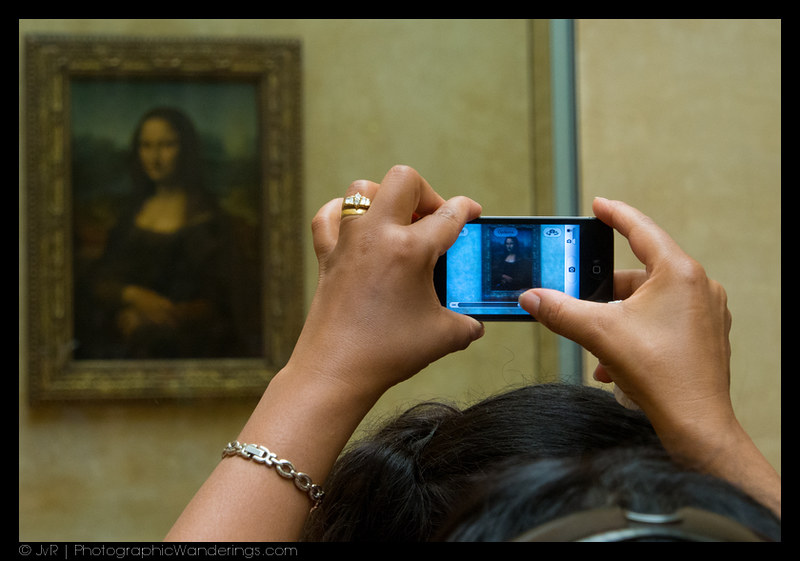
Mona Lisa - Olympus OM-D E-M5 with 12-50 mm Lens
Did I miss my DSLR?
I had left my Canon 5D Mark III at home.
If I had just wanted to match the Sony or Fuji, I could have taken my Canon with the Sigma 35mm/f1.4 ART lens. The Sigma is quite a clunker, but carrying that combo around each day would have been possible though I would have been aware of the weight, which wasn't the case with the Fuji or Sony. I would also have been more conspicuous.
If I also wanted to match the focal lengths of the Olympus gear, I would have to carry quite an assortment of heavy Canon lenses, especially if I wanted to work with little depth of field. That would have limited my enjoyment of the trip. So I never regretted not bringing the Canon.
But I did sometimes miss being able to lower the ISO enough to actually use the lowest depth of field with the Olympus. With the ISO limited to 200 at the low end, it's hard to actually use a f/1.8 aperture in bright daylight even when the lens is capable of doing so.

How? - Olympus OM-D E-M5 with 75mm f1/8 Lens
The other thing I missed was speed. The cameras I took are no slouches, but they take more time to wake up from sleep than the Canon and their EVFs take time to adjust long enough to miss a shot. I missed several shots because the camera was too slow to wake up or the viewfinder was overly bright or black when I first looked through it.
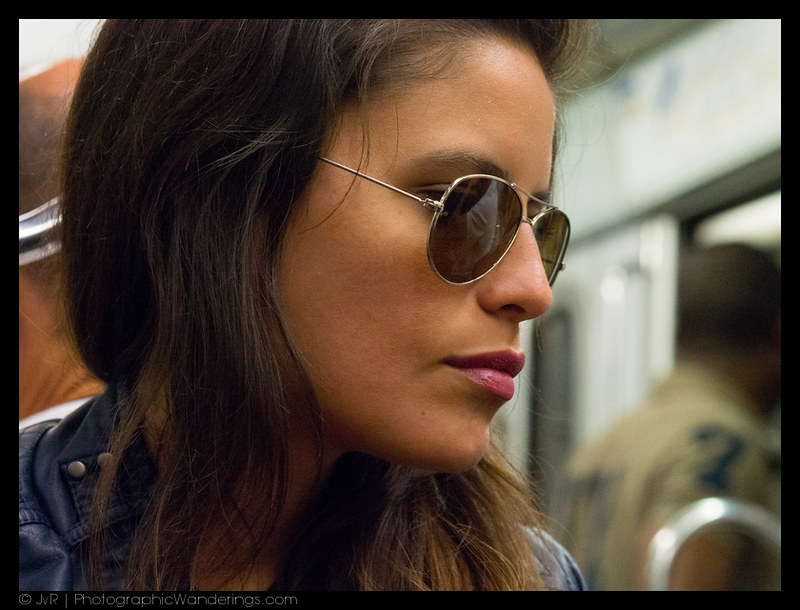
Subway Model - Olympus OM-D E-M5 with 75mm f1/8 Lens
Looking back on the trip, I'm pretty sure I'll sell the Sony. I probably keep the Fuji for now and I'll buy the newly announced Olympus OM-D E-M1, which addresses the weaknesses of the E-M5. I might even decide that the ideal package is the E-M1 with the upcoming Olympus 12-40mm f/2.8 lens and the E-M5 with the 75mm on it. That decision will have to wait until the E-M1 arrives on my doorstep.
By John van Rosendaal
